Bouncing cosmology from nonlinear dark energy with two cosmological constants.
Dropbox is a free service that lets you bring your photos, docs, and videos anywhere and share them easily. Never email yourself a file again!
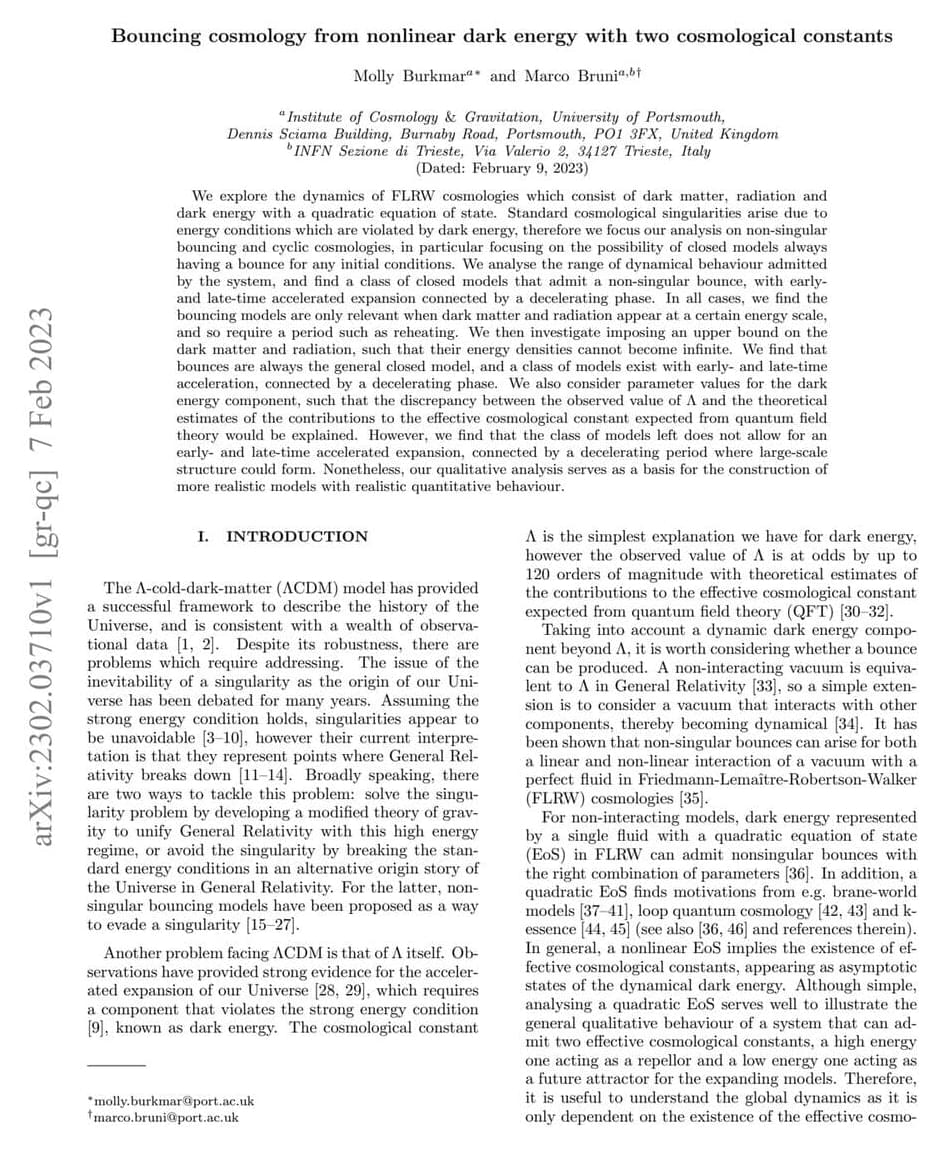
Go to https://brilliant.org/IsaacArthur/ to get a 30-day free trial + the first 200 people will get 20% off their annual subscription.
If the end of the world is nigh, it may be too late to avert a catastrophe. So what can we do to mitigate the damage or recover after a cataclysm comes?
Visit our Website: http://www.isaacarthur.net.
Join Nebula: https://go.nebula.tv/isaacarthur.
Support us on Patreon: https://www.patreon.com/IsaacArthur.
Support us on Subscribestar: https://www.subscribestar.com/isaac-arthur.
Facebook Group: https://www.facebook.com/groups/1583992725237264/
Reddit: https://www.reddit.com/r/IsaacArthur/
Twitter: https://twitter.com/Isaac_A_Arthur on Twitter and RT our future content.
SFIA Discord Server: https://discord.gg/53GAShE
▬ Cataclysm Index ▬▬▬▬▬▬▬▬▬▬
0:00 — Intro.
03:43 — Nuclear War.
11:24 — Asteroid.
15:34 — Supernova.
18:34 — Gamma Ray Burst.
21:51 — Massive Climate Shift.
23:15 — Snowball Earth.
24:34 — Super Volcano.
28:51 — BioWar.
30:46 — Zombie Apocalypse.
32:25 — Robots / AI
35:10 — Alien Invasions.
Listen or Download the audio of this episode from Soundcloud: Episode’s Audio-only version: https://soundcloud.com/isaac-arthur-148927746/journey-to-alpha-centauri.
Episode’s Narration-only version: https://soundcloud.com/isaac-arthur-148927746/journey-to-alp…ation-only.
Credits:
Surviving An Apocalypse.
Science & Futurism with Isaac Arthur.
Episode 385a, March 12, 2023
Written, Produced & Narrated by Isaac Arthur.
Editors:
This experiment can be used to solve several questions that scientists have been seeking the answers to for years.
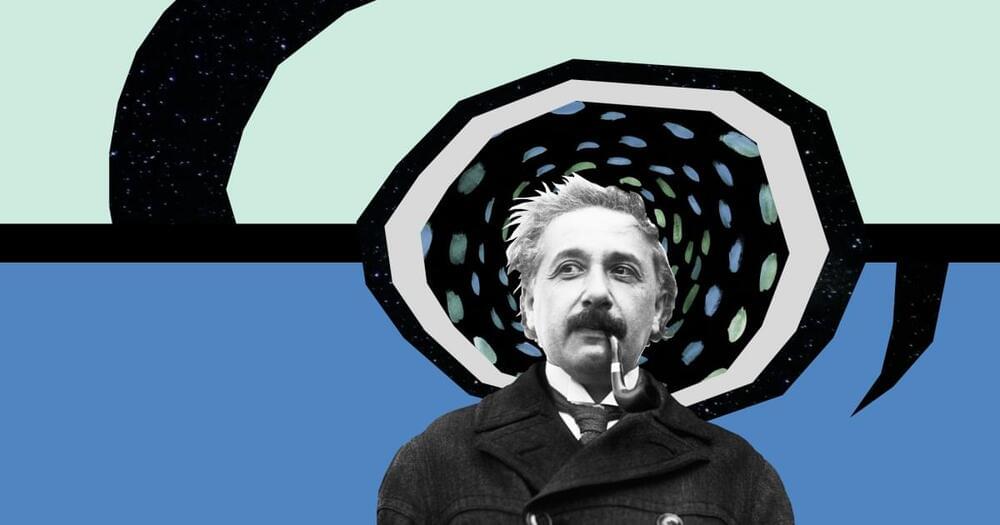
To keep his Universe static, Einstein added a term into the equations of general relativity, one he initially dubbed a negative pressure. It soon became known as the cosmological constant. Mathematics allowed the concept, but it had absolutely no justification from physics, no matter how hard Einstein and others tried to find one. The cosmological constant clearly detracted from the formal beauty and simplicity of Einstein’s original equations of 1915, which achieved so much without any need for arbitrary constants or additional assumptions. It amounted to a cosmic repulsion chosen to precisely balance the tendency of matter to collapse on itself. In modern parlance we call this fine tuning, and in physics it is usually frowned upon.
Einstein knew that the only reason for his cosmological constant to exist was to secure a static and stable finite Universe. He wanted this kind of Universe, and he did not want to look much further. Quietly hiding in his equations, though, was another model for the Universe, one with an expanding geometry. In 1922, the Russian physicist Alexander Friedmann would find this solution. As for Einstein, it was only in 1931, after visiting Hubble in California, that he accepted cosmic expansion and discarded at long last his vision of a static Cosmos.
Einstein’s equations provided a much richer Universe than the one Einstein himself had originally imagined. But like the mythic phoenix, the cosmological constant refuses to go away. Nowadays it is back in full force, as we will see in a future article.
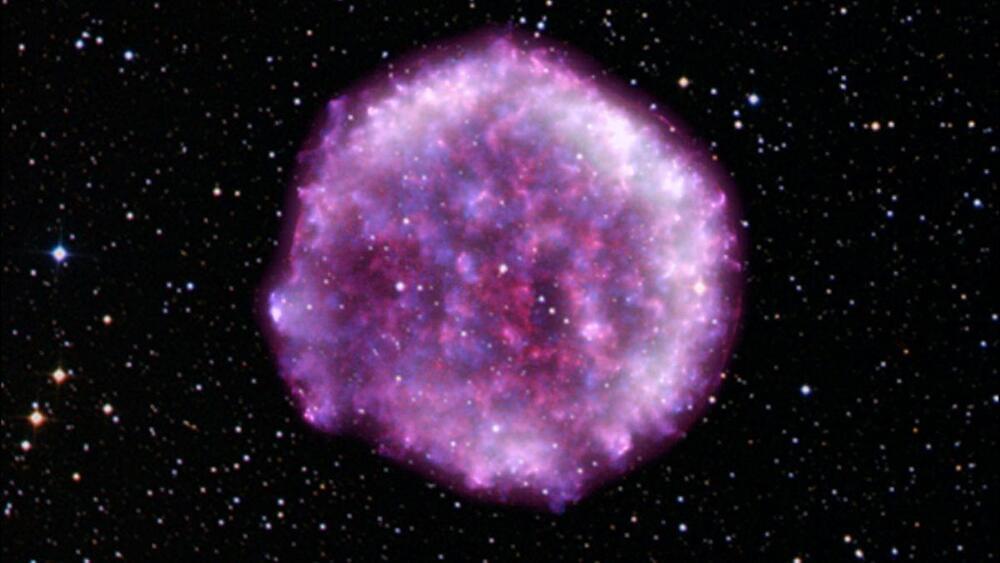
The cosmos is full of mysteries, one of which is the existence of supermassive black holes. Though much effort has been granted to these celestial mysteries, the evolution and formation of such supermassive black holes are quite hard to explain.
Supermassive Black Holes
According to Science Alert, these celestial objects are among the heaviest in the entire universe. In fact, their mass can be up to millions or billions of times that of the sun. They can have the mass of more than 10 billion suns, and this is not just in theory.
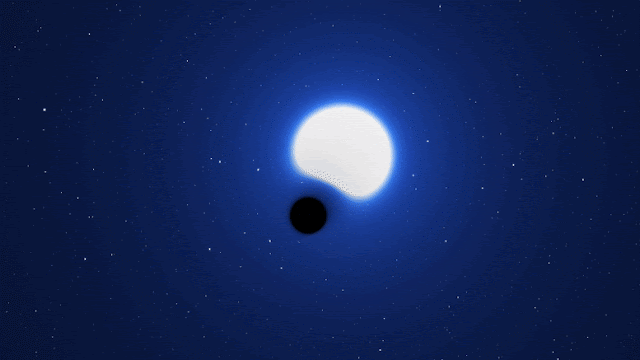
Astronomers have found what they are calling a “cosmic needle in a haystack” in a galaxy next to our Milky Way. It is a dormant black hole that seems to have formed without the explosion of a dead star.
Researchers said on Monday that this black hole is different from all the others that we know of because it is “X-ray quiet.” This means that it doesn’t make a lot of X-ray radiation, which would indicate that it is eating nearby matter with its huge gravitational pull, and that it didn’t form in a supernova.
Black holes are very dense things with so much gravity that not even light can get out.
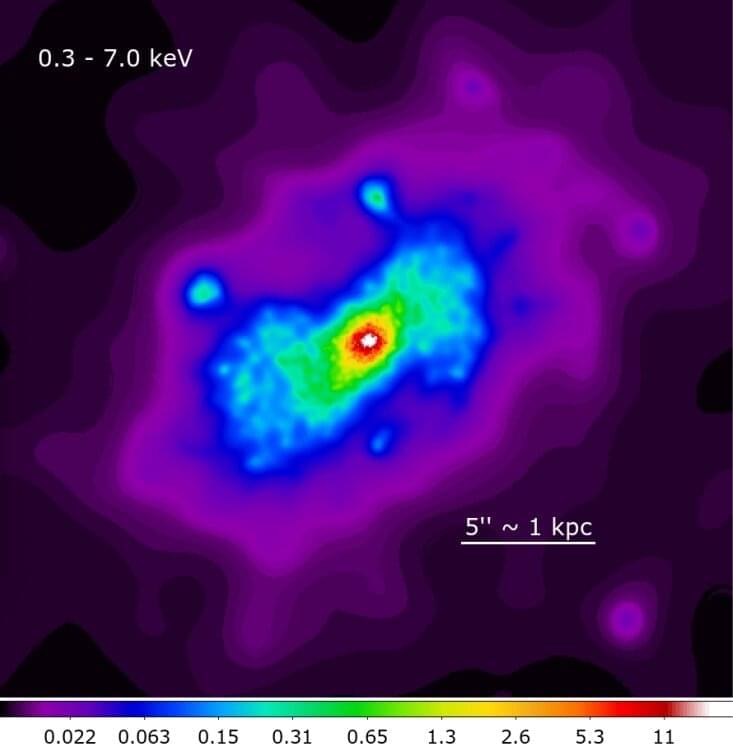
Using NASA’s Chandra X-ray observatory, astronomers have performed deep X-ray observations of a nearby active galaxy known as NGC 5,728 and its active galactic nucleus (AGN). Results of the observational campaign, published March 1 on the pre-print server arXiv, deliver important information regarding the properties of this AGN and the emission from it.
AGN are compact regions at the center of a galaxy, more luminous than the surrounding galaxy light. They are very energetic due either to the presence of a black hole or star formation activity at the core of the galaxy.
Located some 146 million light years away in the constellation of Libra, NGC 5,728 is an active barred spiral galaxy with a size of nearly 100,000 light years and an estimated mass of about 72 billion solar masses. It is a Seyfert galaxy of type 1.9, with a heavily obscured and complex AGN powered by a supermassive black hole (SMBH) at its center.
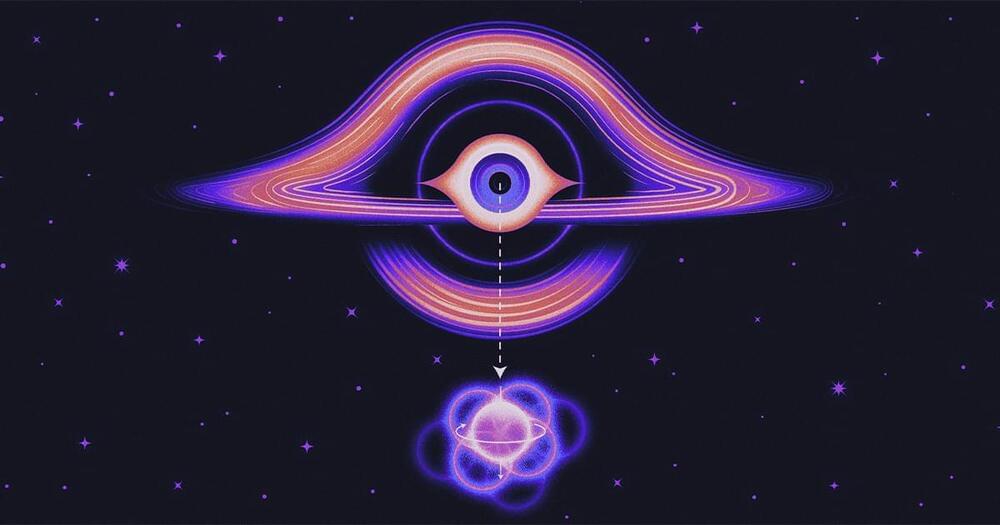

The most famous one is the cell phone itself: Captain Kirk’s communicator inspired the folks at Motorola to make the first handheld mobile device in 1973. Star Trek: The Original Series (popularly called TOS) from the 1960s also inspired video conferencing. But things started to amp up when, in 1987, Star Trek: The Next Generation (aka TNG) hit the floors, with Sir Patrick Stewart in the lead. It became one of the most syndicated shows on television—which is how I discovered it in mid-90s India on the Star network. It fundamentally impacted my life, inspiring me to become the technology writer I am today.
But more than me, this show heralded more technological concepts that are becoming increasingly real. The LCARS computer on the Galaxy-Class USS Enterprise D is basically the foundation of what Google is today. Google’s former head of search, Amit Singhal, often said that the company is “trying to build the Star Trek computer”.